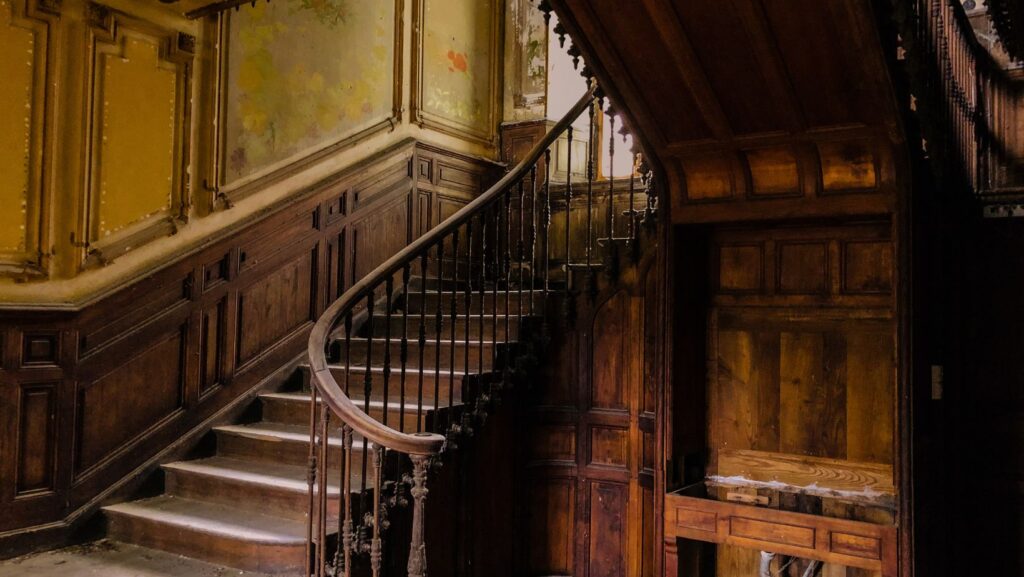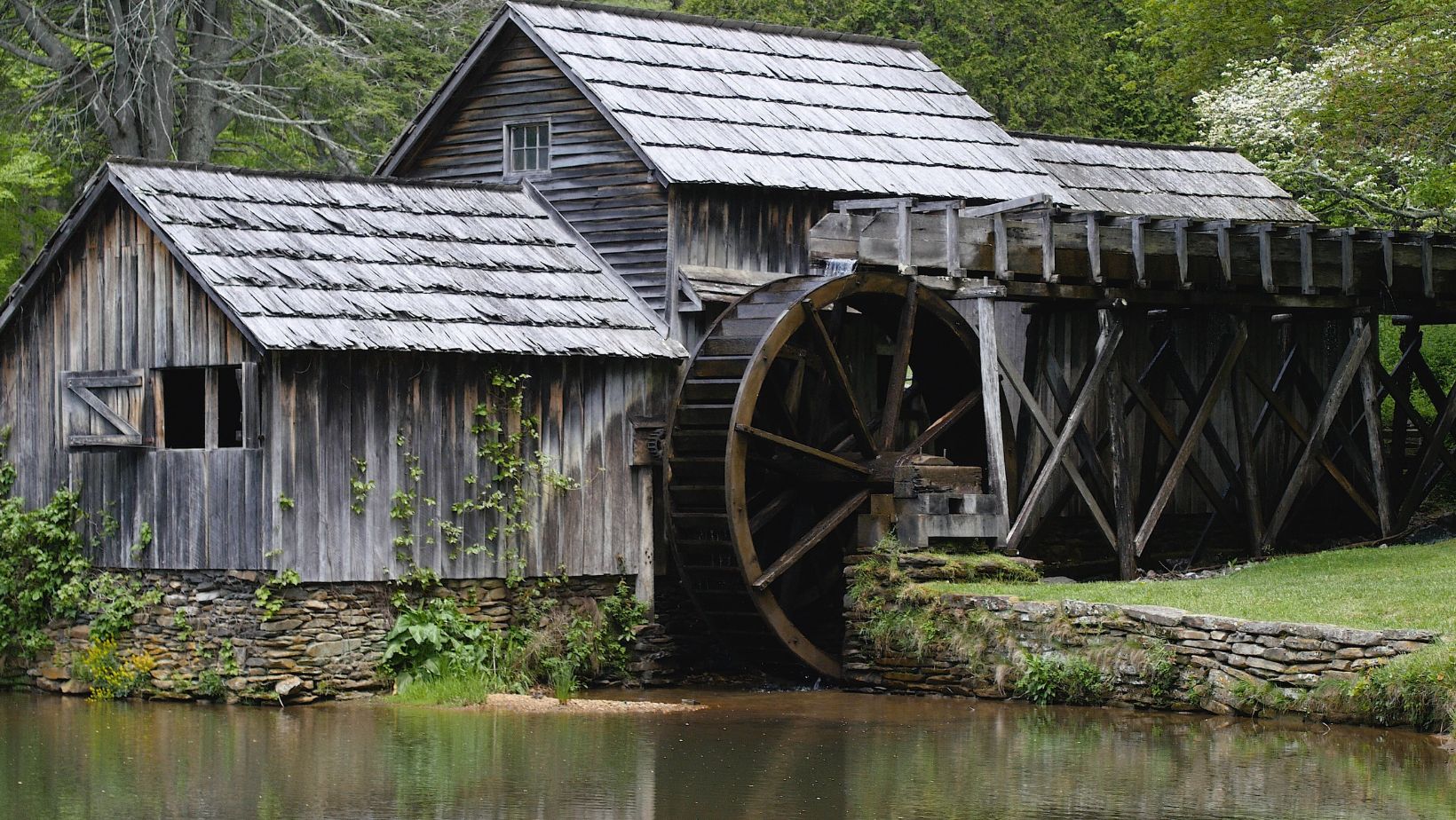Historic homes have an unquestionably appealing quality. Together, the antique architecture, the creaking floorboards, and the feeling of entering a piece of history help to create a singular and highly fascinating living experience.
Moving into a historic house, however, presents a different set of difficulties that could surprise even the most experienced homeowner; it is not all about Instagrammable memories and toasty fireplaces. From unanticipated repairs to negotiating the peculiarities of vintage construction, getting ready for what lies ahead will help your transfer be far more seamless.
Along with some practical advice on handling removals and settling in without losing your cool, here is what to expect when you’re moving into a historic house.
The charm and challenges of historic homes
Historic residences consistently inspire the imagination with their timeless beauty and architectural features, something that modern architecture does not quite manage to do. Among the elements that entice people are original woodwork, stained glass windows, complex mouldings, and large porches. These little features, however, also imply that your house has a history—both positive and negative.
Older houses are well-known for having antiquated systems covering plumbing and electrical wiring as well as heating and insulation. Especially if you have to maintain the original characteristics of the house, these components might be costly and difficult to change. Furthermore, the materials utilised decades (or centuries) ago do not necessarily hold up well against the current weather conditions, which causes regular maintenance problems. Recognising these challenges is the first step in rediscovering your passion for your historic home, even on bad days.
Getting through the removals process
Moving into a historic house could complicate the removal procedure. Older homes can contain tight doors, steep stairs, and delicate elements that make moving big furniture a real difficulty. Spend some time carefully measuring your new room and designing your furniture arrangement to make sure everything will fit before the big day.
Make sure the removal firm you are using has past experience with historic buildings. Expert movers aware of the peculiarities of ancient homes will treat your items with special care and manoeuvre in narrow areas. To prevent any harm to your new house as well as your belongings, think about choosing other preventative actions, including furniture covers or specialist tools.
Talk to the movers about your worries ahead of time for big or precious items, and be clear about any particular instructions. Being present on a moving day also helps one to monitor the process and offer direction if necessary.
Inspecting for repairs and upgrades
Most often, new owners of historic homes are surprised to find unexpected adjustments and repairs that need immediate care. Some problems might only show up once you move in, even with a careful check before the purchase. Typical problems include old electrical wiring, old plumbing systems, poor insulation, and perhaps structural problems.
First, list the most important repairs you need to be done. The top priority should be plumbing and electrical problems since they could endanger safety. If your house features asbestos, lead paint, or other antiquated materials, take quick care of these under professional advice. Older homes especially rely on their foundations and roofs, hence it is very crucial to evaluate these areas.
Budgets for repairs are essential because costs can quickly increase, especially if your home is subject to preservation regulations. Maintaining a contingency fund for unforeseen repairs will enable you to respond swiftly to issues without sacrificing your restoration goals.
Navigating historical preservation regulations
Many times, historic homes come with a set of guidelines meant to accentuate their special qualities. The age, location, and historical relevance of your house will determine whether or not you have to follow rules on what you are and cannot change. Everything from the colour of your outside paint to the kinds of windows and roofing materials you could select can be affected by these rules.
See your local historical society or preservation commission to learn the limitations of your home before beginning any significant improvements. Even small improvements could call for permits. Thus, being ahead of these needs can help you avoid future problems. Dealing with contractors who specialise in historic properties also helps since they will be familiar with the guidelines and know how to make updates that honour the integrity of the house.
Heating, cooling and insulation challenges
It can be a challenge to keep a historic house comfortable all year long. Many older homes lack contemporary insulation, which causes drafts and increased energy costs. Older heating systems, single-pane windows, and poor air circulation can make maintaining the proper temperature in your house challenging.
Think about energy-efficient additions that won’t affect the historic worth of the house. For improved insulation without replacing the original glass, storm windows—for example—can be placed over current windows. Also quite important are draft-proofing doors, attic insulation, and boiler or furnace upgrades to high efficiency.
If your house features fireplaces, think about getting them cleaned and maintained. Even if they might not be the most effective heating source, they enhance the ambience and might offer extra warmth in the colder months.
Embracing the quirks of old house living
Historic homes abound in oddities: uneven flooring, doors that don’t quite close, and light switches in odd locations. Although, at first, these can be annoying, they also add to the appeal of living in an ancient house. Accept these quirks as unique traits that chronicle the past of your house.
Plan how you will fit into these eccentricities. While creaky staircases can be part of the soothing music of the house, sticky windows might profit from some tender loving care rather than a complete replacement. Look for ways to cooperate with the original design of the house instead of against it. This could mean arranging furniture creatively or using rugs to counter-sloping flooring.
Integrating modern conveniences while maintaining the charm
Being the owner of a historic home lets you blend the old and the new. It is possible to have modern amenities without sacrificing the historic charm of your home. The key is to update the house while adhering to the original design.
Consider renovating with period-appropriate materials—suburban tiles, vintage fixtures, or classic colour palettes reflecting the age of the house. For bathroom and kitchen upgrades, choose contemporary usability wrapped in classic design principles. Smart home technology can also be subtly included; modern thermostats, for example, can normally be hidden or disguised inside cases suitable for their period.
Getting involved with the local community
Living in a historic house sometimes means joining a community that celebrates history and preservation. Getting in touch with local historical organisations or neighbourhood organisations could give you tools, guidance, and a network of other old-home aficionados. As you negotiate life in your new location, these communities can be quite helpful for hosting classes, home tours, and activities.
Also quite fulfilling is sharing your restoration path with others. Participating in this community offers another level of enjoyment to living in a historic house, whether that means learning about the past of your area or trading tales about unanticipated discoveries during restorations.
Final thoughts
The act of entering a historic house is an adventure that comes with benefits as well as challenges. From negotiating the removal procedure to dealing with repairs that were not anticipated, every action is a part of the process of embracing a living experience that is rich in historical significance.
Living in a historic property is not only about living in the past; it is also about making history your own by adopting the right mindset, having some patience, and being willing to embrace peculiarities. After all is set and done, take some time to relax and take pleasure in the timeless allure that a historic property may offer.



More Stories
Pet-Safe Pest Control: How Flea Infestations Start & Stop
Surefire Spots to Purchase Nylon Webbing Straps Online: Tested Retailers & Price Comparo
Property Valuation Certificate in Dubai: When You Need It and How to Get It